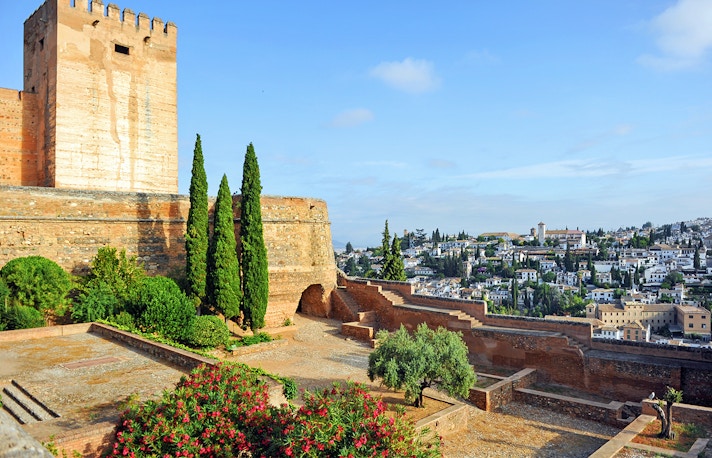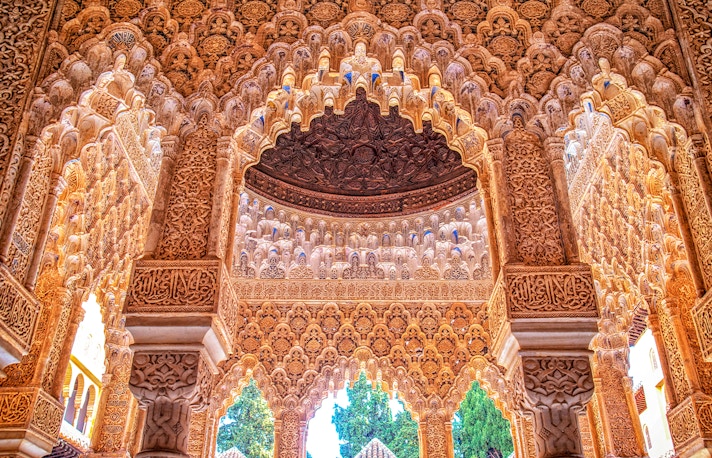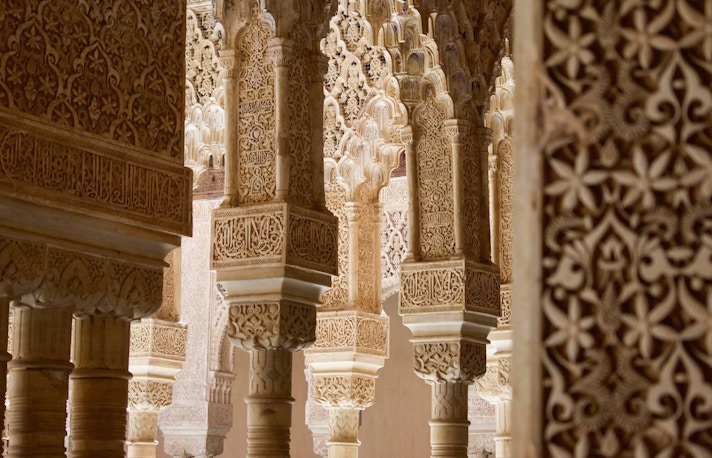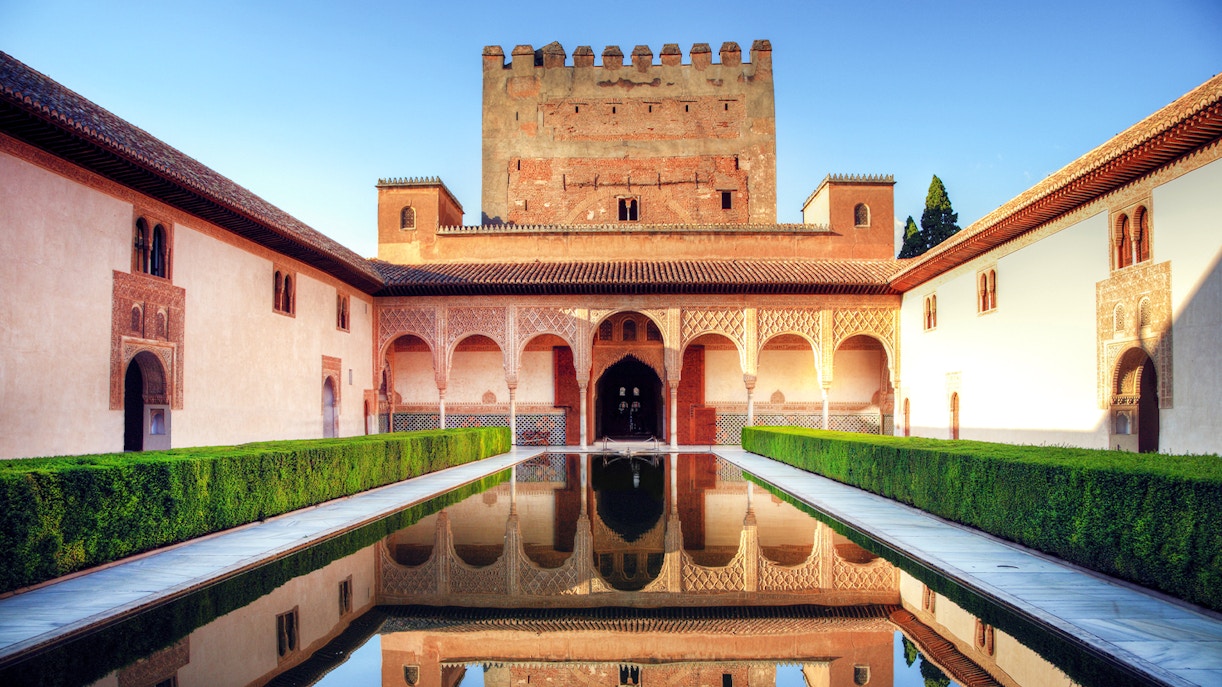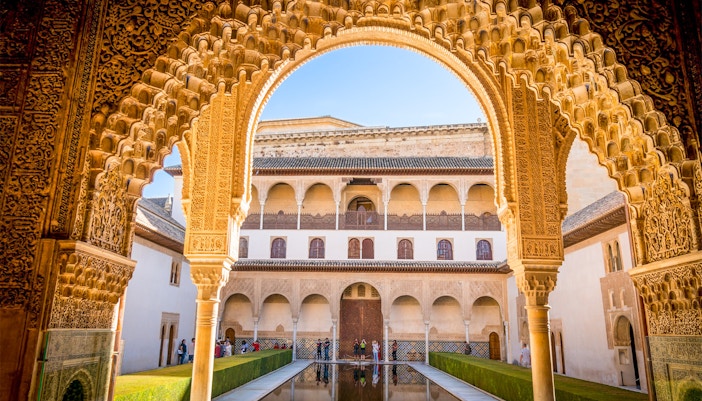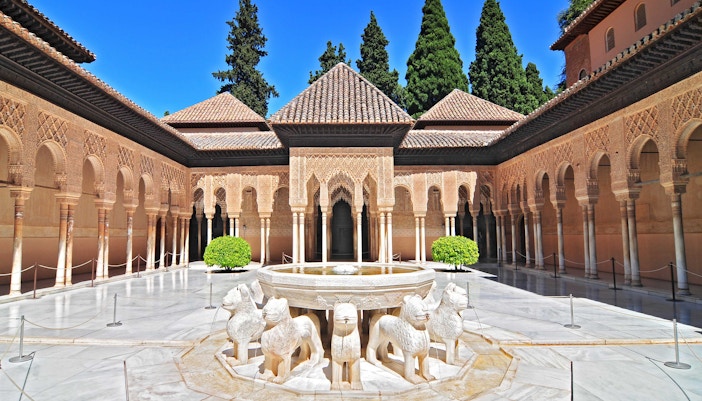The Alhambra is a great example of Moorish architecture and culture. Its intricate palaces, lush gardens, and ornate courtyards showcase the pinnacle of Nasrid artistry. As a UNESCO World Heritage Site, it not only adds to the cultural tapestry of Granada, Spain but also serves as a symbol of the city's multicultural heritage. A must-visit attraction, the Alhambra invites travelers to marvel at its timeless beauty, immerse themselves in its storied past, and experience the enchanting blend of Islamic and Renaissance influences.

